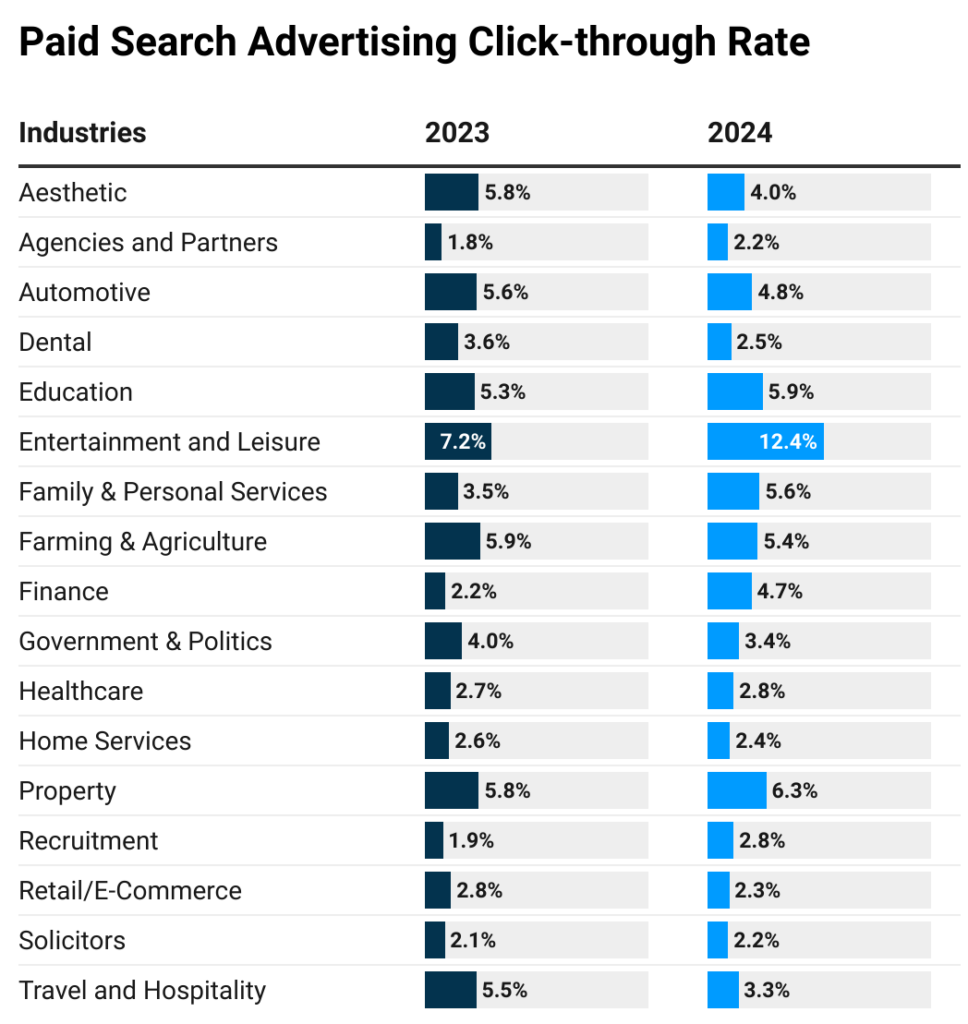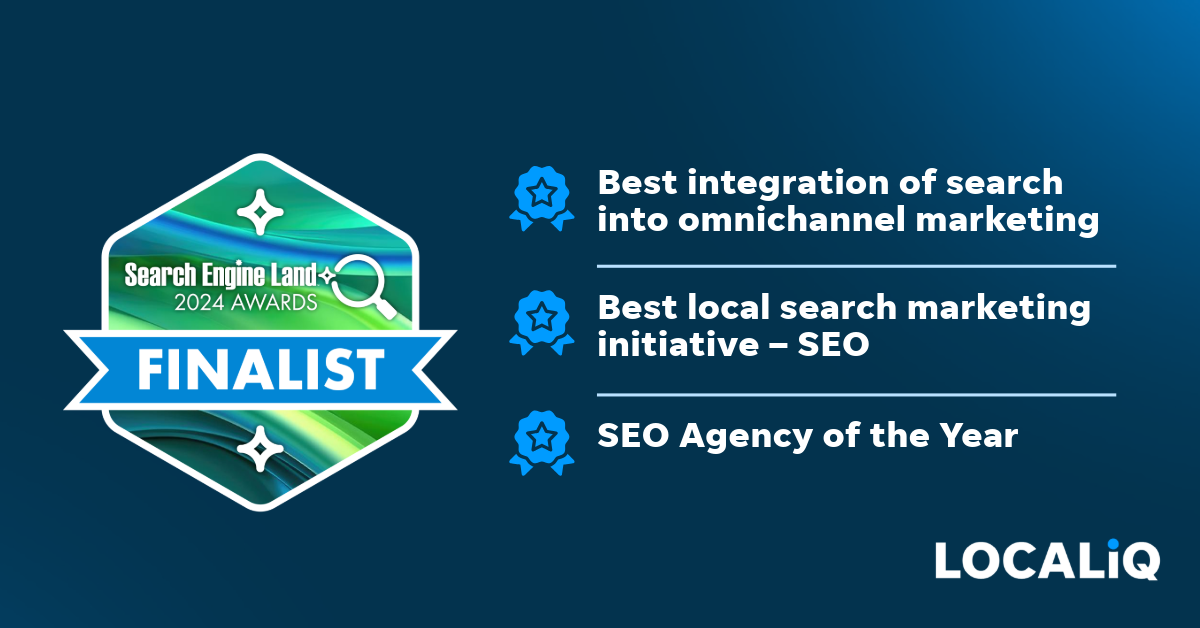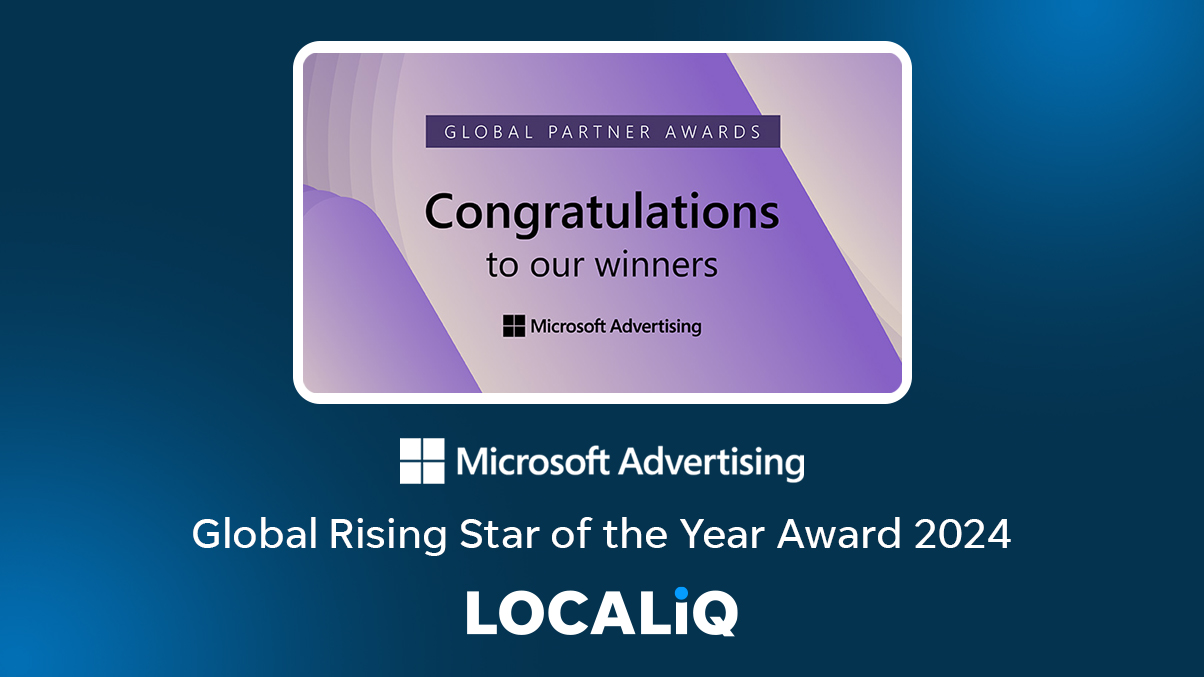Click-through rate (CTR) is a key metric for paid advertising marketers to understand and monitor. In this blog, we’ll cover all things CTR, explaining the average CTR for Google Ads, why it matters, and what you can do to improve it.
Discover the average click-through rate, cost-per-click and conversion rate for your industry in our 2025 UK Paid Advertising Benchmark Report.
What is click-through rate?
Click-through rate (CTR) is a marketing metric used to measure how often people click on your advert. It is basically the percentage of total ad views or impressions that resulted in a click. To calculate your CTR, divide the number of clicks your ad receives by the number of times your ad is shown.
CTR = (click-throughs / impressions) x 100
For example, if your PPC ad made 100 impressions and 4 clicks, that would be a 4% CTR.
There are many factors that can influence CTR, including:
-
-
- Your competition.
- Your maximum bid.
- Your position on the page.
- Your ad copy relevancy.
- Your audience and keyword targeting.
-
Overall, the CTR indicates how relevant searchers are finding your ad in relation to their search query.
-
-
- High CTR = searchers find the ad highly relevant.
- Low CTR = searchers find the ad less relevant.
-
A higher CTR generally means that your ad and keyword relevancy is better than others with a lower CTR. Search engines like Google, will look at your previous CTR and forecast future ones to determine how well your ad matches somebody’s search.
Why does CTR matter?
CTR is an important metric because it can tell you a lot about what works and what doesn’t work when trying to reach your target audience and help you gauge how well your keywords and ad copy, and images are performing.
A low CTR could indicate you are not targeting the right audience, lack of persuasive ad copy, or have a substandard offer. Whereas a high CTR suggests your ads are performing well and being engaged with by your target audience.
Not only does CTR give you an understanding of your audience and the relevancy of your ads, but it also contributes to your Ad Rank. This is important because your Ad rank is the value that’s used to determine your ad position (where ads are shown on a page relative to other ads) and whether your ads will show at all. Therefore, a poor CTR can result in a low ad position, regardless of how much you bid.
What is a good CTR for Google Ads?
When it comes CTR, the higher the better. If you want a general benchmark to aim for, most industries have an average CTR between 2-6% so anything around 5-7% can be classified as a good Google Ads CTR. However, CTR is significantly relative to your industry, keywords, and service locations.
To determine what a good CTR would look like for your business, compare yours to these industry averages for 2023 and 2024.

According to data compiled by LOCALiQ UK, the average CTR for search advertising across 2024 was 4.3%.
Tips for improving your CTR on Google Ads
Regardless of how high your CTR is, there’s always something you can do to increase it.
Use these 5 tips to improve your Google Ads CTR:
-
-
- Review your keywords.
-
The keywords you’re bidding on should match up with the products or services you’re advertising. The more relevant your keywords, the more likely people will be to click.
-
-
- Optimise your ad headline and copy
-
Your headline is the largest element of your ad and often the first thing people see, so you need to make it count. Ensure you emphasise the benefits of your product or services and include any offers and discounts that will appeal to your audience and grab their attention.
The rest of your ad copy should be used to convince users to click on the ad. Here you should spell out further selling points for your product or service accompanied by a prompt CTA.
Remember: Use persuasive language and include one or two relevant keyword(s) in your headline and copy.
-
-
- Include CTAs
-
The aim of your ad is to direct people to your website and take a desired action (e.g., make a purchase, fill out a form, get in contact etc.) It is therefore crucial for you to include a direct and compelling call to action, so that users know what is expected of them.
-
-
- Utilise ad extensions
-
Ad extensions are additional assets applied to your search ad which provide additional information to your viewers such as your business address, phone number, etc. Furthermore, ad extensions add an extra line to your Google search ad result, expanding your real estate in the search results.
19 Google Ads Extensions to Boost Your CTR (+Examples)
Summary
CTR is an important metric for PPC marketers to understand and monitor. A high CTR suggests your ads are performing well and being engaged with by your target audience. Whereas a low CTR could indicate you are not targeting the right audience, a lack of persuasive ad copy, or a substandard offer.
Interested in learning more about Google search ads? Subscribe to our newsletter to stay informed on the latest digital marketing news, trends and updates – or if you want help with marketing your local business, check out our PPC management services or contact us for a free consultation.





